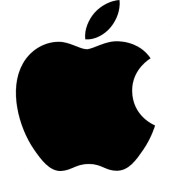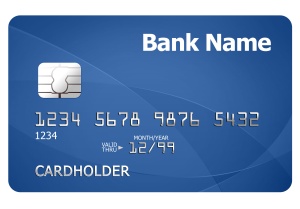
In 2006, I received the Distinguished Toastmaster (DTM) award, the highest accomplishment a Toastmaster can achieve, seven years after my icebreaker speech, the first speech in the Toastmasters’ educational program. Being a self-paced program, there is no prescribed time period for completion, some finish in a year or less, while others take longer.
The DTM award exemplifies achievement in communication and leadership excellence: the two learning paths in the program. Receiving the award confirmed something I already knew in my heart – I love to speak in front of people!
The Toastmasters community around the world provides a safe environment for people to learn public speaking. For DTMs, it provides opportunities to share our knowledge and experience to newer members, to encourage them, and to show them the benefits of the program.
After countless speaking and training opportunities within Toastmasters, I decided to venture out and become a soft skills trainer. After all, I had so much to share about communication, leadership, public speaking, customer service, etc., so why not make money from my knowledge, skills and experience.
I was quite successful in my first attempt at becoming a trainer in the Philippines. This was also when I first experienced impostor syndrome, defined by Wikipedia as a concept describing individuals who are marked by an inability to internalize their accomplishments and a persistent fear of being exposed as a “fraud.”
Although I received flattering feedback at reaction surveys after every training session, and was often requested by name for repeat business, I always felt I was shortchanging my clients, that I wasn’t really a trainer and I just used my finesse in public speaking to get into the training field.
As fate would have it, I got a second chance to go to Canada, and this time I knew exactly what I had to do. I took night classes and completed a certificate in instructing adults from George Brown, a respected college in Toronto. Soon thereafter I received the Certified Training Practitioner (CTP) designation from the Institute for Performance & Learning. I am “certified” and have the letters after my name to prove it.
My education and certification filled in a lot of my own gaps about learning and development, like how adult learning principles underpin the design and development of training courses; why trainers should debrief every learning activity; and why it is critical to provide opportunities for learning transfer, among other things.
Because of my propensity for learning, I didn’t stop there. I take every opportunity to advance my knowledge of learning and development via online and face-to-face courses and seminars. Networking is crucial. I seek out experts, contact authors requesting further information about their books, and scour the Internet for developments in the field.
I have now overcome my impostor syndrome. I have my bona fides. I know what I know.
Trainer, anyone?










